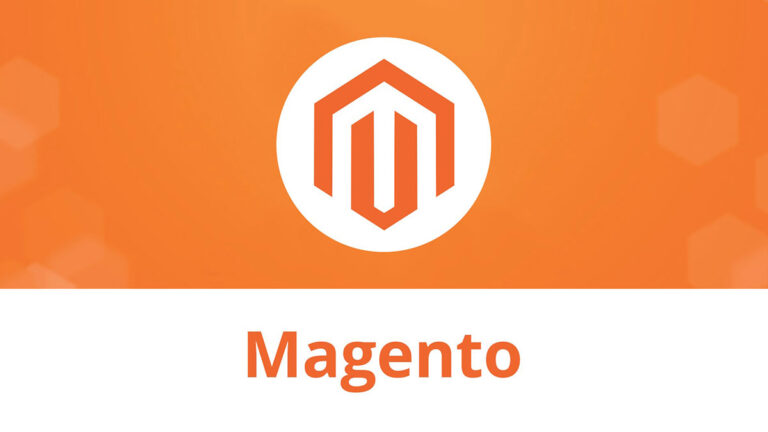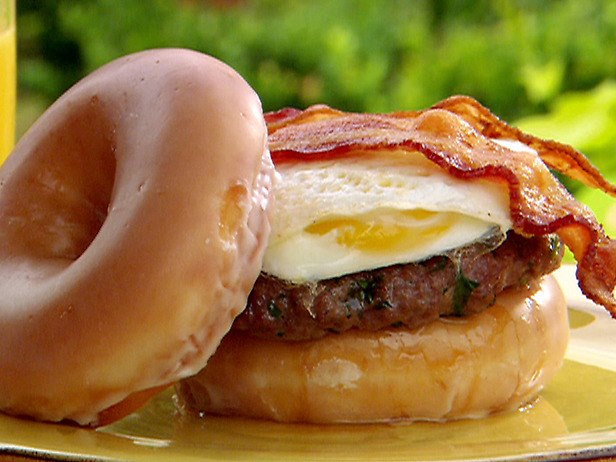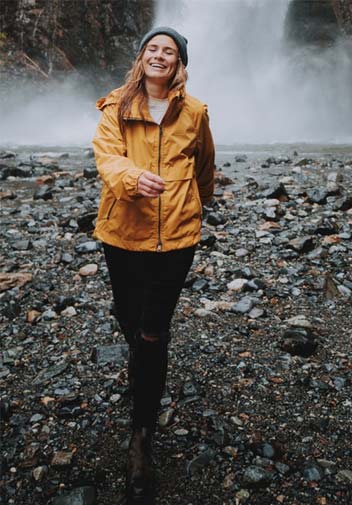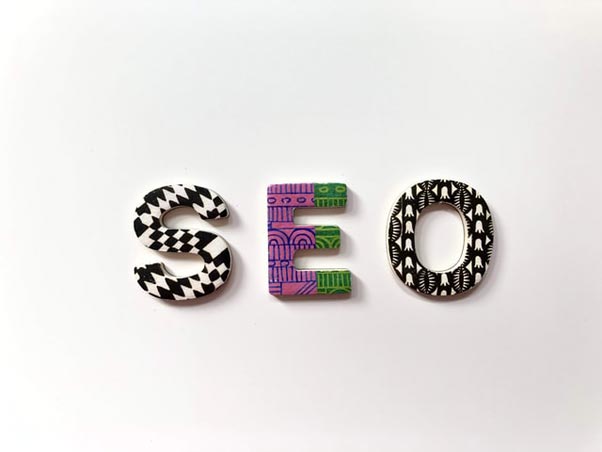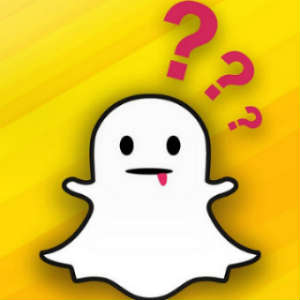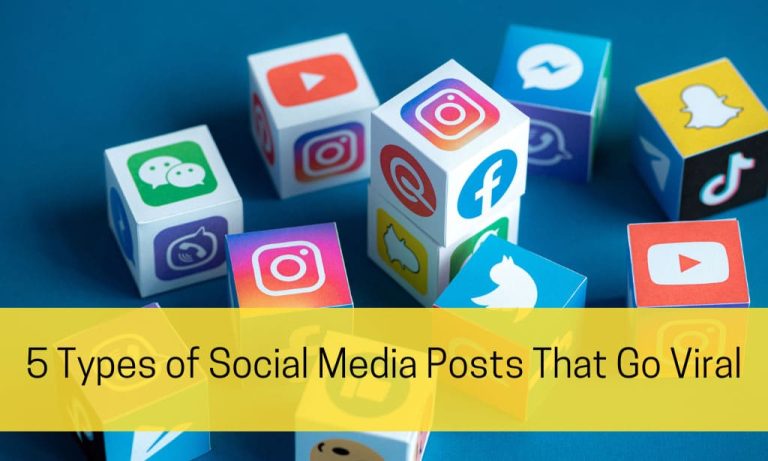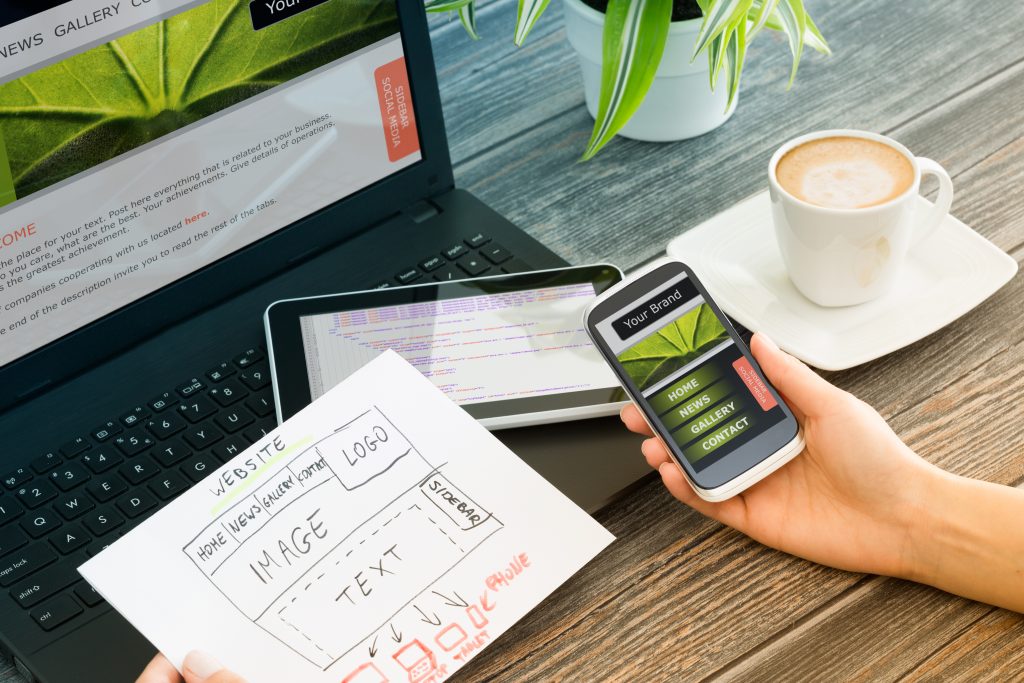
Text in the banner acts like an image, too, and you need your visitors to be able to see it at a glance. Treat it like this: if people only view your banner, what do you want them to know about you? Be descriptive but don’t use jargon, don’t be vague or cheesy, and by all means, keep it short and simple.
As visitors scroll down your homepage, you have the opportunity to reinforce your brand while playing up featured products, all the while directing them toward a call to action. Although there are literally hundreds of different screen sizes, one thing they have in common is this: a “top screenful” area a visitor can see without scrolling down the page. And they spend more time there than anywhere else on your page. If you think about your homepage in fifths, more than 65% of the viewing time on a website was spent on the top 40% of the page. So consider the section one level below your banner in that context. From a text standpoint, keep the F scan pattern in mind—content placed here will form that top bar of the F.
Another thing to consider: studies show that from the time we were born, we were drawn to the human face. That remains true throughout life. From a webpage perspective, this means photos of real people in authentic situations can draw lots of attention (marketing studies prove that visitors just gloss over stock images of people).
Once people have found something they’re interested in, they’ll want to learn more about it by clicking through the products page. At a bare minimum, you must include basic information such as price, product description, shipping time, etc.— keep in mind that a frictionless experience is key to increasing conversions and if you frustrate or confuse your users they may leave and never come back.
When it comes to images, you’ll want a large, high-resolution image that shows the entirety of your product from its best angle. Then, you’ll want a collection of images that showcase different views or aspects of the product that are important to the person’s purchasing decision. Different web templates will enable you to present these in different ways—read PinnacleCart’s blog on “7 Key Features Online Shoppers Demand From an Online Store.”
There’s a lot of science behind good web design to optimize your online store. Use it to your advantage! Turn visitors into buyers, and buyers into lifelong customers and brand advocates, with a thoughtfully designed page that presents your brand in its best light and gives every visitor a fantastic user experience.

